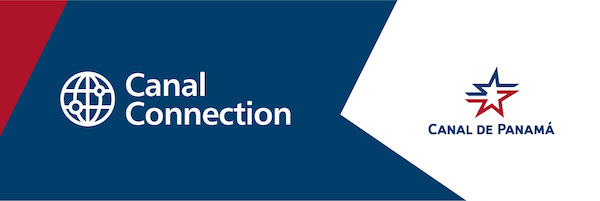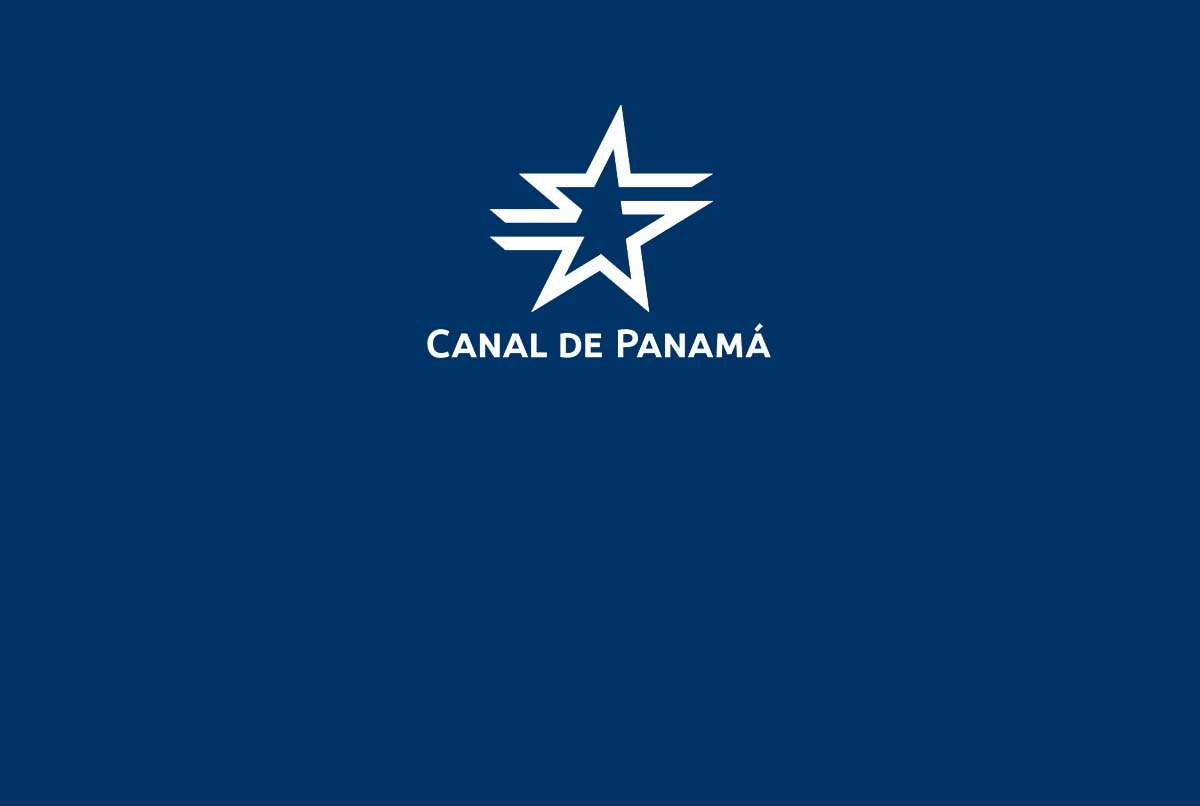This piece originally appeared on Administrator Ricaurte Vásquez Morales’s LinkedIn Page. Follow him or the Panama Canal on LinkedIn to receive the latest commentary and updates from the waterway.

Last month marked the second anniversary of the World Health Organization declaring COVID-19 a global pandemic. Even though the supply chain’s resiliency was put to test over the last two years, the joint efforts of everyone involved guaranteed the safe and sustainable flow of essential goods around the globe.
Our business has undergone numerous changes in history. While the Canal has been able to provide a safe and reliable service through numerous global challenges, we are constantly finding ways to anticipate industry needs and align with global priorities, demonstrating the value of the Panama Canal’s service to the world.
When I took up the post of Canal administrator in 2019, I saw a growing opportunity to elevate the waterway’s service and value amid growing shifts in global trade. At the same time, with the uncertainty facing the world, customers asked the Canal for price predictability.
Recent changing market conditions confirmed that these two visions for the future of the Canal could be reconciled. To be implemented, however, they would require reshaping our core business structure to mirror how customers operate today, as well as use and find value in the Panama Canal’s service. For this reason, on April 1, we presented the industry with a proposal for a new simplified tolls structure. The proposed changes will not only modify the Panama Canal’s tolls structure. Instead, they will recalibrate our overall business structure to line up with customers’ and industry’s goals.
This proposal marks the start of a new era for the Panama Canal — one focused on maximizing the value the waterway creates, captures, and renders to customers in today’s new trade landscape and moving forward.
Collaborating on a Simpler, More Predictable, Value-based Structure
To better align our business with customer and industry goals, we knew first that providing more value-based service and price stability would need to be the key pillars of our new tolls structure.
For certain market segments, the Panama Canal’s current tolls structure had become overly complex, leading to confusion and misinterpretations, and not reflecting the value provided to each vessel. In addition, customers were requesting predictability in a highly volatile business environment.
To ensure we developed an informed and balanced proposal, we consulted with maritime associations and customers during the planning process, allowing them the opportunity to review and share feedback on our ideas.
Our proposal centers around the following key changes aimed at fulfilling three main objectives:
- To offer greater simplicity, we are eliminating tolls bands and introducing simplified tariffs according to the locks used and the vessel size category. Under the new proposal, tolls will be determined by two clear components:
-
- A fixed tariff per transit, according to the locks used and the vessel size category (Regulars, Supers and Neopanamax), which will be the same for all market segments.
- A capacity tariff per vessel type and size category, which will reflect the value of the service provided to each market segment and size category.
The proposal also recommends fixing ballast tariffs as a percentage of laden tolls. The Canal’s loyalty program will also be simplified by reducing the number of categories from six to one, with aims to have one loyalty level applicable to customers deploying 1.5 million TEU or more per year.
By switching to this system, toll tariffs will be reduced from 430 to less than 60, offering a simpler, easier way to use the Panama Canal. For the container segment specifically, there will be 12 toll tariffs instead of 175. This more uniform system will minimize unnecessary complexity and facilitate transactions.
- To offer greater predictability, tolls will no longer be implemented on an ad hoc basis. The proposed tolls structure will give visibility into toll levels for the next three years, through its fixed fee by locks use, which will remain stable until 2025. Each proposed adjustment and proceeding review process will be scheduled to give customers at least one year of advance notice before any tolls adjustment goes into effect, letting them make the necessary modifications to their business operations. To meet customers’ requests even further, we will soon deploy data analytics and technology to allow shipping lines to optimize their scheduling at the Panama Canal.
- To offer more value-based service, we are structuring the tariffs in line with how dynamic segments use and find value in the Panama Canal’s service. By adapting our structure accordingly, this proposal will optimize the waterway’s capacity moving forward, enabling our teams to offer customers an improved level of service and collaboration across all segments.
The new tolls structure is not expected to have a significant impact on the price of commodities transported through the Panama Canal, primarily because the waterway has made major improvements to its service in recent years to allow customers to transit more cargo on larger vessels and thereby benefit from heightened economies of scale.
As an example, a car carrier can transport 6,500 vehicles today through the Panamax Locks. Under our proposed toll structure, it will see the cost of its transit gradually increase from $43 today to $60 per vehicle by 2025. Presuming each car costs $20,000, the Panama Canal tolls will still represent just 0.1 percent of each unit’s final market price. Similarly, by 2025, an LNG vessel transporting 3.3 million mmbtu through the Neopanamax Locks would see the cost of its transit increase by a total of $0.05 per mmbtu, just 0.7 percent of its final market price. Containerships will see single-digit increases per TEU transported.
Investing in the Growing Value of the Panama Canal Route
We are confident that, by making these changes, the Panama Canal tolls structure will better reflect the value provided and allow for an improved use of capacity, which will unlock greater growth opportunities for customers. This proposal, however, is also just one in a series of Canal’s contributions to smarter, more sustainable supply chains.
In parallel with this new structure, our team will make ground-breaking investments over the coming years in maintenance, digital transformation, water projects, as well as new infrastructure and equipment to comply with our goal of becoming carbon neutral by 2030. These investments reflect our commitment to this new era for the Panama Canal and its customers.
Initiating these changes and investments today will be pivotal, given global commerce demand will continue to rise, as will the challenges imposed on the long-term sustainability of our service and that of our peers. By establishing more predictable tolls, harnessing technology to streamline transits, securing carbon neutral operations, and more, we will prepare the Panama Canal and strengthen the value it offers in collaboration with customers and industry amid this new reality.
In this continued spirit of collaboration, we remain open to ideas and ongoing dialogue as we move forward in this process. Together, we will ensure the Panama Canal continues to offer a competitive, safe, and reliable service to more than 180 maritime routes, connecting 1,920 ports in 170 countries.

About the Panama Canal Authority (ACP)
The Panama Canal Authority (ACP) is an autonomous legal entity of the Republic of Panama in charge of the operation, administration, management, preservation, maintenance, and modernization of the Panama Canal, as well as its activities and related services, so that the Canal may operate in a safe, continuous, efficient manner. For more information, please refer to the ACP’s website: http://www.pancanal.com or follow us on Twitter @thepanamacanal.




